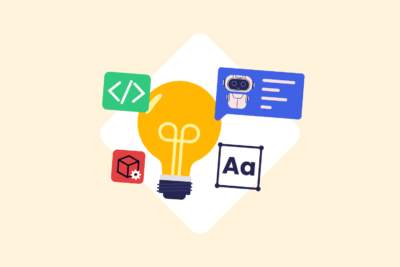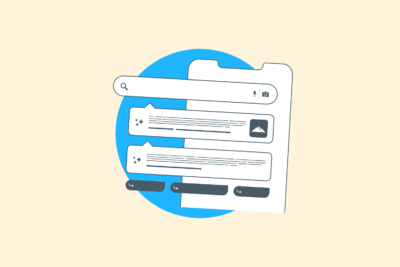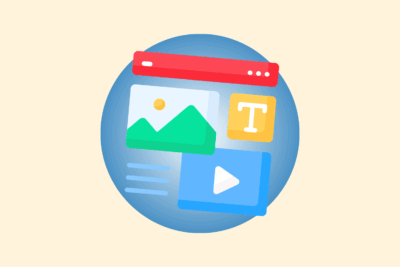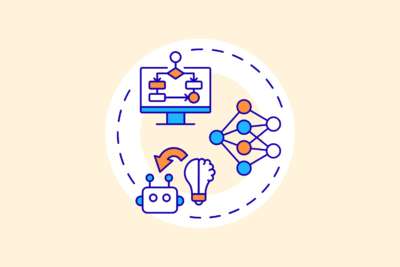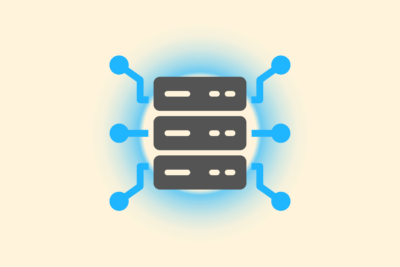AI and finding the right search intent

Search intent is the foundation of any effective SEO strategy. Without a good understanding of the reason behind a search query, you will write content that will be found but not read.
AI tools are increasingly being used to perform keyword analysis. For content creation, it is crucial to understand how AI helps uncover search intent and where human interpretation remains indispensable.
What exactly is the search intent?
Search intent is not about the keyword itself, but about a user’s underlying need. For example, does someone want to know something, buy something, compare something or navigate somewhere? Google is getting better at recognizing this intent and tailoring the SERP visually and content accordingly. If you create content that does not match the search intent, you lose relevance, even if you use the right keyword.
There are roughly four types of search intentions:
- Informative: the user seeks explanation or depth
- Navigating: the user searches for a specific site or brand
- Commercial: the user is orienting to make a purchase
- Transactional: the user wants to perform an action immediately
A page that capitalizes on the wrong intent will rarely rank well despite your SEO efforts. (1)
How AI helps recognize search intent
AI analyzes vast amounts of keywords, SERP layouts and user queries. This reveals patterns that help understand the underlying search intent.
In my work, I use AI to analyze SERPs by keyword and figure out what type of content Google finds relevant for it. I also group search terms based on corresponding intent and convert raw keyword data into logical, semantic clusters.
In this way, I bring structure to the chaos of loose terms and see more quickly where opportunities lie. AI speeds up research and gives direction, but interpretation and strategic choices remain human work. (2)
Getting started with SEO? Feel free to get in touch.

Ask the right questions of AI
A language model understands context, but only within the bounds of input. That’s why it’s all about creating good prompts. When I deploy AI to analyze search intent, I make sure I drive the following sharply:
- What is the user’s primary purpose behind this search term?
- What content form fits the SERP?
- How does this term relate to other terms within the same topic?
By including these questions in the prompt, you get output that guides your content strategy rather than just suggested words.
AI as part of a broader interpretation
AI offers speed and scale, but lacks contextual sensitivity. A SERP is influenced by location, time, seasons or user history. Only a human SEO specialist interprets those variables correctly.
Therefore, I work with AI as a support system, but remain responsible for the final classification of search intent, determining the content form for each search term, and linking search intent to conversion goal. This way, I maintain control over the content, while AI speeds up and deepens the preparation.
Search intent in medical e-commerce
For a client in medical e-commerce, we saw that a lot of content was tailored to transactional terms, while the target audience was searching for information first (What type of knee brace for osteoarthritis?). By training AI models on customer data and SERP analysis, we were able to better cluster intentions. We adjusted content per phase of the customer journey. The result was: higher CTRs and 34% more conversions on pages with an information-oriented approach.
Summary
AI is a valuable assistant in figuring out search intent, provided you manage the tool properly. It speeds up your analysis, reveals connections and helps structure your strategy.
Interpretation, positioning and strategic choices remain human work. Recognizing search intent requires more than just data, it requires understanding behavior, content forms and expectations. AI offers speed, you set the direction.
| # | Source | Publication | Retrieved | Source last verified | Source URL |
|---|---|---|---|---|---|
| 1 | Search Intent in SEO: What It Is & How to Optimize for It (SEO Blog By Ahrefs) | 17/10/2024 | 17/10/2024 | 06/11/2025 | https://ahrefs.com/blog/.. |
| 2 | 10 Ways to Use AI for SEO to Streamline Your Work (Semrush Blog) | 04/07/2025 | 04/07/2025 | 16/11/2025 | https://www.semrush.com/.. |
- Makosiewicz, M. (17/10/2024). Search Intent in SEO: What It Is & How to Optimize for It. SEO Blog By Ahrefs. Retrieved 17/10/2024, from https://ahrefs.com/blog/search-intent/
- Meis, C., & Skopec, C. (04/07/2025). 10 Ways to Use AI for SEO to Streamline Your Work. Semrush Blog. Retrieved 04/07/2025, from https://www.semrush.com/blog/ai-seo/

